Hi there, I’m Michael Zhang, a seasoned traveler who’s explored over 40 countries. While I’ve done my fair share of sightseeing, I’ve always preferred immersive cultural experiences. You’ll often find me wandering through museums and ancient ruins, searching for the soul of a city through its artifacts. If you also love discovering a city’s history through its cultural treasures, this guide to the Ningxia Museum is made for you.
Summary
Overview of Ningxia Museum
The Ningxia Hui Autonomous Region Museum, commonly known as the Ningxia Museum, is a top-tier provincial-level institution recognized as a National First-Class Museum in China. Housing nearly 40,000 cultural relics, its collection includes 159 first-grade national treasures and more than 4,000 Grade III and above artifacts. Highlights include the Stone Tomb Gate with Whirling Dance Relief from the Tang Dynasty, the Gilded Bronze Ox from the Western Xia period, and the Buddhist Guardian Pedestal with Inscription, also from the Western Xia—all officially classified as national treasures of China.
- Address: No. 6, Renmin Square East Street, Jinfeng District, Yinchuan (Apple Maps / Amap)
- Opening Hours: Tuesday to Sunday, 9:00 AM – 5:00 PM (closed on Mondays, except during national holidays)
- Recommended Visit Duration: 2–3 hours
- Best Season to Visit: All year round
- Temporary Exhibitions: Click here to explore
- Tickets: Free admission, no reservation required; entry via the south gate after security check
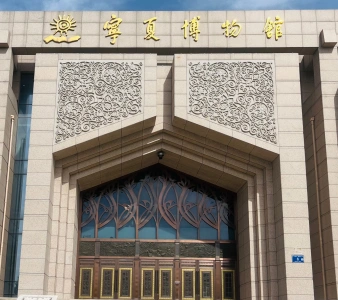
Why You Should Visit Ningxia Museum
Featured Exhibitions and Artifacts
The museum’s Permanent Exhibition of General History covers Ningxia’s development from prehistoric times to the modern era. Through 88 first-class cultural relics and over 2,500 items on display, it outlines the region’s cultural journey from the Paleolithic age to the Western Xia period. Among these, the Stone Tomb Gate with Whirling Dance Motif (Tang Dynasty), the Gilded Bronze Ox (Western Xia), and the Inscribed Pedestal with Guardian Figure (Western Xia) are considered national treasures. They each reflect different aspects of Ningxia’s heritage—Silk Road culture, Western Xia craftsmanship, and Buddhist artistic traditions.
Architectural Design That Speaks Volumes
The architecture of the Ningxia Museum masterfully blends traditional symbolism with modern aesthetics. Its exterior is decorated with motifs such as Kalavinka bird carvings and pedestal-shaped columns inspired by guardian figures, creating a facade that is both meaningful and visually striking. This design won the prestigious Luban Prize for Chinese Construction Engineering. Inside, the museum is thoughtfully organized, with exhibitions spread across a basement and three above-ground levels. It hosts general history displays, themed exhibits, and rotating temporary exhibitions. On average, the museum welcomes around 400,000 visitors each year.
Top Things to Do in Ningxia Museum
Main Exhibitions
Rock Art Gallery: Stone-Carved Chronicles of Ningxia
Located on the first floor, the Rock Art Gallery is the starting point for your journey through the Ningxia Museum. This hall features over 100 original rock carvings and detailed rubbings, depicting ancient images of sun deities, animal totems, hunting scenes, and ritual ceremonies. Often called “history books carved in stone,” these petroglyphs reflect not only the spiritual beliefs of early humans but also the harmonious relationship between the ancient people of Ningxia and their natural environment. Gazing at these primitive patterns feels like stepping through time—straight into the heart of the Loess Plateau thousands of years ago.
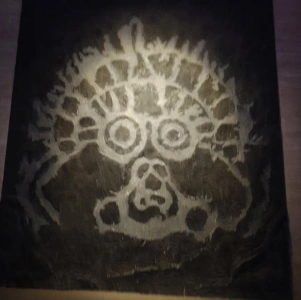
General History Hall: From Prehistoric Roots to Imperial Glory
Situated on the second floor, the General History Hall is the crown jewel of the entire Ningxia Museum. If you’re short on time, make this floor your priority. The exhibition traces Ningxia’s development from the Paleolithic Age through the Yuan, Ming, and Qing dynasties, with over 2,000 artifacts arranged chronologically. Here you’ll also find the museum’s three most iconic national treasures: the Stone Tomb Gate with Whirling Dance Relief, the Gilded Bronze Ox, and the Guardian Pedestal with Inscription. Whether you’re a history aficionado or a first-time visitor, this floor is guaranteed to leave a lasting impression.
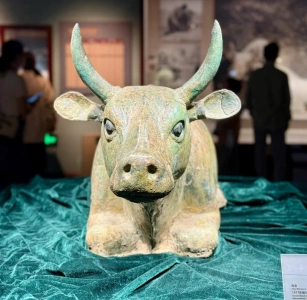
Folk Culture Hall: Where the Yellow River Breathes Life into Ningxia
On the third floor, the Folk Culture Hall brings a warm and vibrant human touch to the museum. Centered around Hui ethnic traditions, the displays include intricate ethnic costumes, traditional dining utensils, wedding customs, and recreated scenes of festivals and daily life. By combining static exhibits with interactive multimedia, the hall helps visitors understand how people in Ningxia live, dress, and celebrate. It’s a vivid portrayal of life nourished by the Yellow River and shaped by multi-ethnic coexistence.
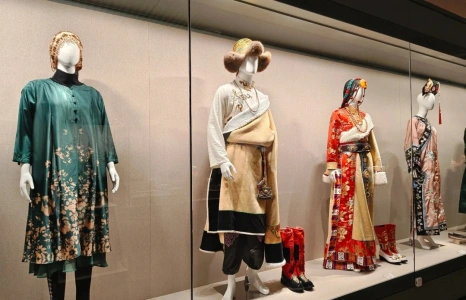
Suggested Route Through Ningxia Museum
The Ningxia Museum isn’t very large, and most of its highlights are concentrated on the second floor. If the museum is crowded, it’s best to head directly to that level first. After your tour, don’t forget to stop by the museum café and grab a cup of their specialty goji berry coffee—definitely a unique local experience.
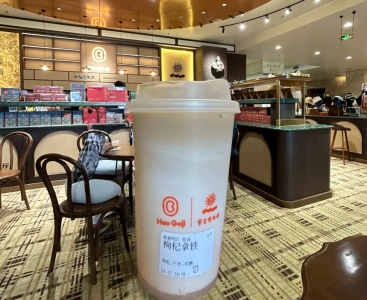
How to Get to Ningxia Museum from Downtown Yinchuan
Yinchuan doesn’t have a subway system, so public transportation is limited to buses. If you’re traveling in a group or prefer convenience, a ride-hailing app or taxi is a better option. The city is compact, and since the Ningxia Museum is located in the urban area, cab fares are affordable.
By Bus
You can take bus routes 2, 13, 33, 38, or 301 and get off at the Ningxia Museum stop. Alternatively, take routes 101, 102, 105, or 39 to Renmin Square station.
By Taxi or Ride-Hailing
A taxi ride from downtown Yinchuan to the museum takes about 10 minutes and typically costs around 10 CNY.
FAQ
Yes. The museum is accessible and offers stroller and wheelchair rentals. These are available at the South Gate lobby on the first floor.
Luggage storage is available at the South Gate lobby on the first floor. There are lockers for regular-sized bags, and for larger suitcases, you can ask the information desk for assistance.

 English (US)
English (US)
 繁體中文
繁體中文 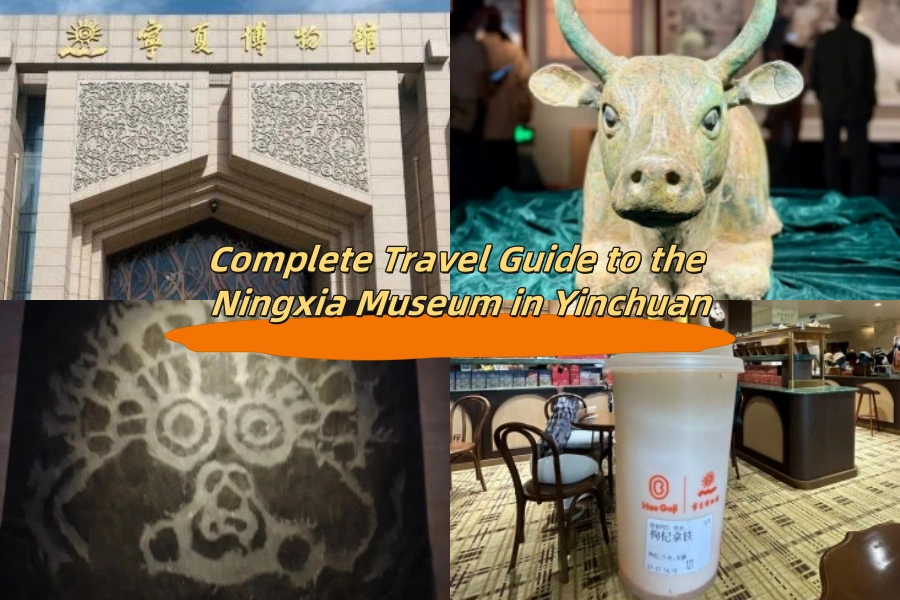
Comment (0)